Meat Slicer Machine With Easy Maintenance And Durability
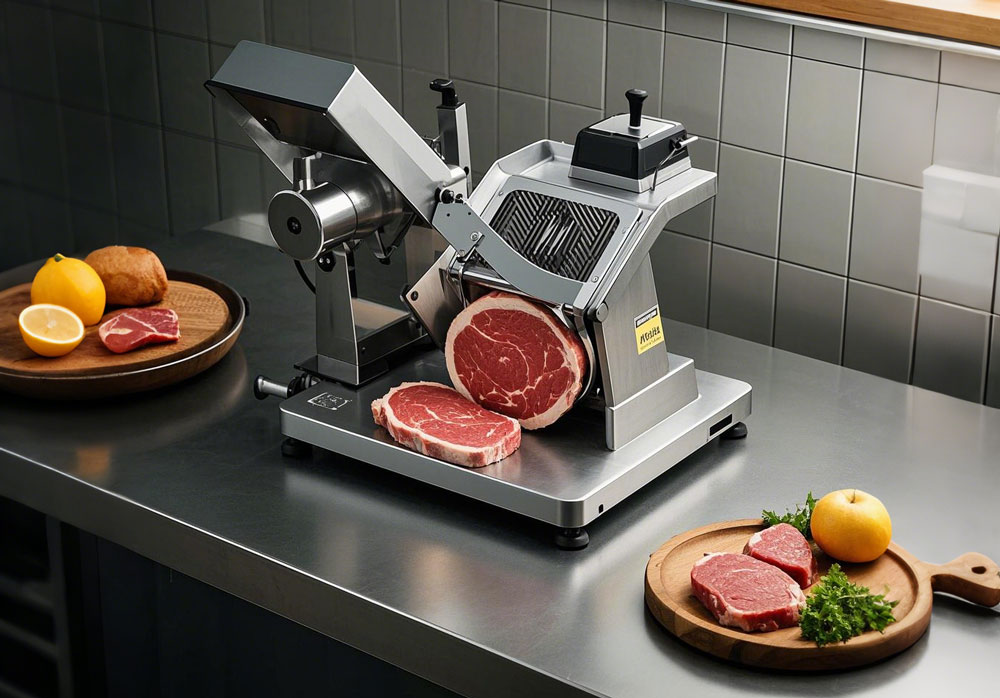
Introduction: The Importance of Durability and Easy Maintenance in Meat Slicer Machines
In the fast-paced world of food processing and service, a meat slicer is more than just a tool—it's a critical piece of equipment that ensures efficiency, consistency, and hygiene. As with any industrial machinery, the durability and ease of maintenance of a meat slicer are paramount. Without these two essential factors, businesses risk frequent breakdowns, increased downtime, and unnecessary repair costs. A durable meat slicer ensures smooth, uninterrupted operation, while an easy-to-maintain machine reduces the overall cost of ownership. By focusing on these aspects, businesses can not only enhance their workflow but also safeguard long-term productivity and profitability.
Understanding the Role of a Meat Slicer Machine in the Food Industry
A meat slicer is indispensable in a wide range of food-related industries. From butcher shops to deli counters and large-scale food production facilities, meat slicers are designed to cut through various types of meat with precision and speed. Whether it's for slicing deli meats, preparing steaks, or portioning products for packaging, the meat slicer is relied upon to deliver uniform cuts. This uniformity is critical in maintaining quality standards and ensuring that every portion looks professional. In the restaurant and catering industries, meat slicers are essential for both efficiency and presentation, which can have a direct impact on customer satisfaction and service speed.
The Key Features to Look for in a High-Quality Meat Slicer
When shopping for a meat slicer, it’s crucial to consider several key features that define its quality.
Blade Quality
The first is the blade, which should be sharp, durable, and able to handle a variety of meats without losing its edge quickly. Blade size is another consideration; larger blades are often better for thicker cuts, while smaller blades are ideal for precision slicing.
Motor Strength
The motor strength is also an important factor—look for machines with robust motors that can handle prolonged use without overheating.
Safety Features
Additionally, safety features such as blade guards, non-slip feet, and safety switches should never be overlooked, ensuring operator safety while preventing accidents.
Why Durability Matters: Ensuring Long-Term Performance and Reliability
Durability in a meat slicer is more than just a matter of longevity. It directly impacts the machine’s ability to withstand the rigors of daily use, ensuring reliable performance even under high volumes of work. A durable meat slicer reduces the frequency of repairs, which not only saves money but also minimizes downtime—keeping your operations running smoothly. Machines that are built to last can handle tougher cuts, heavy workloads, and long shifts, making them an invaluable investment for high-demand environments. A well-constructed slicer also offers better resistance to wear and tear, ensuring that it remains in top working condition for years.
Easy Maintenance: The Secret to Maximizing the Lifespan of Your Meat Slicer
Easy maintenance is the unsung hero of any efficient meat slicer. A machine that is easy to clean, maintain, and repair will consistently perform at its best. Regular maintenance, such as lubricating moving parts, cleaning the blades, and checking the alignment, can extend the life of a slicer while preventing issues before they escalate. The best slicers are designed with maintenance in mind, featuring simple disassembly processes and easy access to key components. This not only saves time but also reduces the risk of errors or damage that can occur during complex maintenance procedures.
How Regular Maintenance Keeps Your Meat Slicer Running Smoothly
Maintaining your meat slicer isn't just about keeping it clean; it's about preserving the machine’s overall functionality and preventing malfunctions. Regular maintenance checks include inspecting the blade for dullness, sharpening it when necessary, and ensuring the motor is running smoothly. Additionally, lubrication of gears and moving parts prevents friction, while cleaning prevents the build-up of grease or food particles that could interfere with the slicing process. Performing these tasks regularly ensures that your slicer operates at peak efficiency, resulting in more precise cuts and a longer lifespan for the equipment.
Choosing the Right Meat Slicer for Your Needs: Factors to Consider
Selecting the ideal meat slicer for your business depends on various factors.
Type of Meat
First, assess the type of meat you will be slicing, as certain slicers are designed for specific cuts or types of meat.
Volume of Use
Next, consider the volume of meat that needs to be processed daily. For high-volume operations, a heavy-duty slicer with a powerful motor and larger blade is essential. Smaller operations might find lighter, more compact models sufficient for their needs.
Space and Size
It’s also important to take into account the size of the slicer itself—choose one that fits comfortably in your workspace while offering the capacity you require.
Stainless Steel Blades: The Backbone of Durability and Performance
When it comes to the longevity and cutting efficiency of a meat slicer, stainless steel blades are essential. Known for their rust-resistant properties, stainless steel blades maintain sharpness for a longer period compared to other materials. This means less frequent sharpening and greater consistency in slicing. Additionally, stainless steel is durable enough to handle frequent use, preventing the blade from becoming dull or damaged under regular pressure. A high-quality stainless steel blade ensures that the meat slicer will consistently deliver smooth, clean cuts, reducing the risk of product waste and increasing overall efficiency.
The Power of Precision: How Meat Slicer Machines Enhance Cutting Accuracy
The true value of a meat slicer lies in its ability to deliver precise, uniform cuts. Whether it’s slicing delicate deli meats or cutting thick portions for steaks, accuracy is crucial in ensuring consistency and meeting customer expectations. High-quality meat slicers are equipped with adjustable thickness settings, allowing users to fine-tune the slice to the exact specification they require. This level of precision not only ensures the product’s quality but also reduces waste, as the machine can be set to slice consistently without overcutting or undercutting portions.
Easy-to-Clean Components: A Key Feature of Low-Maintenance Slicers
In any food processing environment, cleanliness is paramount. Meat slicers with easy-to-clean components help streamline the cleaning process, reducing downtime and preventing the growth of bacteria or foodborne pathogens. Key features such as removable blades, detachable parts, and smooth surfaces make cleaning faster and more efficient. Machines with minimal nooks and crannies are easier to disinfect and maintain, allowing businesses to meet food safety regulations while ensuring that the slicer stays in optimal condition.
The Role of Ergonomics in Meat Slicer Design: Comfort and Ease of Use
Ergonomics plays a pivotal role in the usability of a meat slicer. An ergonomically designed slicer ensures that operators can work comfortably, reducing the risk of strain or injury from extended use. Features such as adjustable stands, non-slip grips, and easy-to-operate controls can make a significant difference in the overall user experience. When slicers are designed with comfort in mind, they enhance operational efficiency and reduce operator fatigue, leading to better performance and fewer mistakes during the slicing process.
How to Properly Clean and Maintain Your Meat Slicer: Step-by-Step Guide
Proper maintenance is critical to keeping your meat slicer in top condition.
Step 1: Turn Off and Unplug the Slicer
Begin by turning off and unplugging the machine before cleaning.
Step 2: Disassemble the Slicer
Disassemble the slicer, removing the blade, tray, and other detachable components.
Step 3: Clean the Blade
Clean the blade carefully with a soft brush or cloth to remove any residue, taking care not to damage the sharp edge.
Step 4: Sanitize Surfaces
Use food-safe cleaning solutions to sanitize all surfaces, including the carriage and meat tray.
Step 5: Reassemble and Lubricate
After reassembling the slicer, lubricate moving parts to ensure smooth operation.
Step 6: Regular Inspections
Regularly inspect the slicer for wear, and schedule professional maintenance as needed.
Common Issues with Meat Slicer Machines and How to Prevent Them
Despite their durability, meat slicers can encounter problems if not properly maintained. Common issues include dull blades, misaligned components, and motor malfunctions. To prevent these problems, regularly check and sharpen the blades, ensure that all moving parts are properly lubricated, and perform routine inspections of the motor and electrical components. Additionally, keeping the slicer clean and free of food particles will help avoid clogging and improve performance.
Upgrading Your Meat Slicer: What Improvements Enhance Durability and Ease of Maintenance?
Upgrading your meat slicer involves choosing a model with improved features that enhance both durability and ease of maintenance. Newer models often feature more robust motors, higher-quality materials, and better safety mechanisms. Additionally, look for slicers that offer modular components that can be easily replaced or repaired, extending the overall lifespan of the equipment. These upgrades not only improve functionality but also reduce long-term operational costs by making maintenance tasks simpler and more efficient.
The Cost of Maintenance: What to Expect and How to Budget for It
Maintenance costs can vary depending on the complexity of the slicer and how frequently it is used. Routine maintenance typically includes cleaning, sharpening blades, and checking for wear and tear. In high-volume environments, more frequent servicing may be required, leading to higher maintenance costs. It's important to budget for both regular maintenance and unexpected repairs, which could involve replacing parts or upgrading components. A high-quality meat slicer with easy maintenance can help keep these costs manageable over time.
Choosing Between Manual and Automatic Meat Slicers: Maintenance Considerations
Manual and automatic meat slicers each come with their own set of maintenance considerations.
Manual Meat Slicers
Manual slicers are often simpler in design, requiring less frequent repairs, but they demand more effort from the operator.
Automatic Meat Slicers
On the other hand, automatic slicers, while requiring less physical labor, may need more frequent servicing due to their complex mechanical systems. The choice between manual and automatic models depends on your specific needs, with automatic slicers generally being better suited for high-volume operations.
How to Extend the Lifespan of Your Meat Slicer Machine
To extend the lifespan of your meat slicer, invest in regular maintenance, proper cleaning, and timely repairs. Keep the slicer well-lubricated, replace any worn parts, and store it properly when not in use to avoid damage. By consistently caring for your slicer, you can maximize its service life and ensure that it continues to operate at peak efficiency.
The Benefits of Investing in a Durable and Easy-to-Maintain Meat Slicer
Investing in a durable and easy-to-maintain meat slicer is an investment in efficiency, safety, and long-term savings. A well-built slicer requires fewer repairs, ensures smoother operation, and increases productivity. Businesses can focus on their core activities without worrying about equipment breakdowns or excessive maintenance costs. Additionally, the time saved on maintenance can be redirected toward improving other aspects of the business, leading to overall growth and success.
Top Meat Slicer Brands Known for Durability and Maintenance Ease
Several brands are recognized for producing meat slicers that balance durability with ease of maintenance. Brands like Hobart, Berkel, and Globe are known for their robust machines that stand the test of time. These manufacturers offer a range of slicers that cater to different needs, ensuring that businesses can find the perfect match for their operation. Their slicers are designed with user-friendly features that make cleaning and upkeep straightforward, contributing to lower maintenance costs in the long run.
Customer Reviews: Real-Life Experiences with Durable and Low-Maintenance Meat Slicers
Customer reviews can offer valuable insights into the real-world performance of meat slicers. Many businesses highlight the long-lasting durability and minimal maintenance requirements of top-rated models, emphasizing how easy it is to maintain peak efficiency with minimal downtime. Positive reviews often note the consistency in slicing, ease of cleaning, and the smooth operation that allows their businesses to function without disruption.
Final Thoughts: Making the Smart Investment in a High-Quality Meat Slicer Machine
Investing in a durable and easy-to-maintain meat slicer is a wise decision for any food processing business. Not only does it enhance productivity, but it also ensures consistency, safety, and long-term savings. By carefully considering your needs, maintaining the machine properly, and selecting a high-quality slicer, you can avoid costly repairs and downtime while maximizing operational efficiency. A durable meat slicer will serve your business well for years, making it an invaluable asset to your production line.
Answers to Common Questions About Meat Slicer Machines
How Often Should I Clean My Meat Slicer?
To maintain optimal performance, it’s recommended to clean your meat slicer after every use, especially if it’s handling raw meats. Regular cleaning prevents food buildup, reduces the risk of contamination, and ensures the slicer operates at peak efficiency. Additionally, thorough cleaning should be done weekly or after extended use to remove any grease or residue from hard-to-reach areas.
How Do I Sharpen the Blade on My Meat Slicer?
Sharpening the blade is essential for maintaining cutting precision. Depending on the frequency of use, the blade may need sharpening every few weeks to several months. Most meat slicers come with a sharpening tool or mechanism, or you can take the blade to a professional. If you choose to sharpen it yourself, always follow the manufacturer’s instructions to avoid damaging the blade or compromising its performance.
What Is the Ideal Blade Size for My Meat Slicer?
The ideal blade size depends on the type of meat you are slicing and the thickness of the cuts required. For most general purposes, a 10 to 12-inch blade is suitable for a wide range of products, including deli meats and thin slices. For thicker cuts of meat, such as for steaks or roasts, a larger blade may be needed. If you handle various types of meat, it may be worth investing in a slicer with an adjustable blade or multiple blade options.
Can I Slice Frozen Meat with a Meat Slicer?
While it’s technically possible to slice frozen meat, it is generally not recommended as it can damage the slicer and result in uneven cuts. Many meat slicers are designed to handle chilled meat, but freezing can cause the blade to dull quickly or strain the motor. It’s best to allow meat to thaw slightly before slicing. If you need to slice frozen meat regularly, look for a model specifically designed to handle tougher, frozen items.
How Do I Prevent My Meat Slicer From Overheating?
To prevent overheating, ensure that the slicer is properly lubricated and cleaned after each use. The motor should be allowed to cool down between uses, especially in high-volume settings. If your slicer has a built-in cooling system, check that it is functioning properly. Additionally, always use the slicer according to the manufacturer's specifications to avoid overloading the machine.
How Long Should a Meat Slicer Last?
With proper care and maintenance, a high-quality meat slicer can last for many years. Most commercial-grade meat slicers can provide reliable service for 5 to 10 years, depending on the frequency of use and how well they are maintained. Regular upkeep, including cleaning and lubrication, significantly extends the life of your slicer, ensuring that it continues to operate at peak performance.
Can I Slice Different Types of Meat with the Same Meat Slicer?
Yes, you can slice different types of meat with the same slicer, as long as the slicer is designed to handle varying textures and densities. For example, a slicer can cut both deli meats and firm cuts of beef if it is properly maintained and has adjustable settings. However, make sure to clean the slicer thoroughly between different types of meat to avoid cross-contamination and to maintain the quality of cuts.
Are Automatic Meat Slicers Easier to Maintain Than Manual Ones?
Automatic meat slicers can be easier to maintain than manual ones in some respects because they typically have more advanced features that reduce operator fatigue and the need for constant adjustments. However, automatic slicers can have more complex mechanisms, which may require professional maintenance if something goes wrong. Manual slicers tend to have simpler components, making them easier to clean and repair independently, but they require more physical effort and attention from the operator.
What Are the Most Common Problems with Meat Slicers?
Some of the most common problems with meat slicers include dull blades, motor malfunctions, misalignment of the slicer, and issues with the drive belt. These problems often arise from inadequate maintenance, such as neglecting regular cleaning, failing to sharpen the blade, or overworking the machine without proper lubrication. To prevent these issues, adhere to the maintenance schedule, inspect the slicer regularly, and address any small problems before they escalate.
How Can I Ensure the Safety of My Meat Slicer?
Safety is a top priority when using meat slicers. To ensure safe operation:
- Always use the slicer according to the manufacturer's instructions.
- Ensure that all safety guards and shields are in place before operation.
- Never attempt to clean the slicer while it is running, and always turn it off and unplug it before performing any maintenance.
- Keep hands, clothing, and utensils away from the moving parts.
- Make sure the slicer is on a stable surface and that it has non-slip feet to prevent movement during use.
What Type of Maintenance Does a Meat Slicer Require?
Maintenance includes regular cleaning, sharpening of the blade, lubrication of moving parts, and occasional inspection for wear and tear. It’s important to check for rust or corrosion on the blade and other metal components and replace any worn-out parts promptly to prevent damage. Keeping your slicer well-maintained ensures smooth operation, reduces breakdowns, and extends its overall lifespan.
What Is the Best Way to Store My Meat Slicer?
When not in use, store your meat slicer in a dry, cool area away from direct sunlight and moisture. If the slicer is not used regularly, cover it with a protective cloth to prevent dust buildup. Additionally, it’s a good idea to remove the blade for storage to prevent it from becoming dull or rusty. Always follow the manufacturer's storage guidelines to ensure the slicer stays in optimal condition.
How Can I Tell If My Meat Slicer Needs Professional Repair?
If your meat slicer is experiencing consistent issues, such as unbalanced cutting, excessive noise, or failure to start, it may require professional repair. Additionally, if the slicer is showing signs of wear, such as loose components or excessive vibration, it’s time to call in a technician. Professional maintenance can identify underlying issues that might not be obvious to the untrained eye, ensuring the slicer remains reliable for longer.
What Are the Benefits of Investing in a High-Quality Meat Slicer?
Investing in a high-quality meat slicer offers numerous benefits, including improved cutting precision, enhanced safety, and reduced maintenance costs over time. A durable slicer can withstand daily use in high-volume settings, ensuring that you don’t need to replace it frequently. Moreover, the time spent on maintenance is minimal with high-quality machines, allowing operators to focus more on production rather than upkeep. Ultimately, investing in a premium slicer enhances both operational efficiency and product consistency, making it a wise choice for any business.
Must-Read Blogs For Chain Restaurants Owner




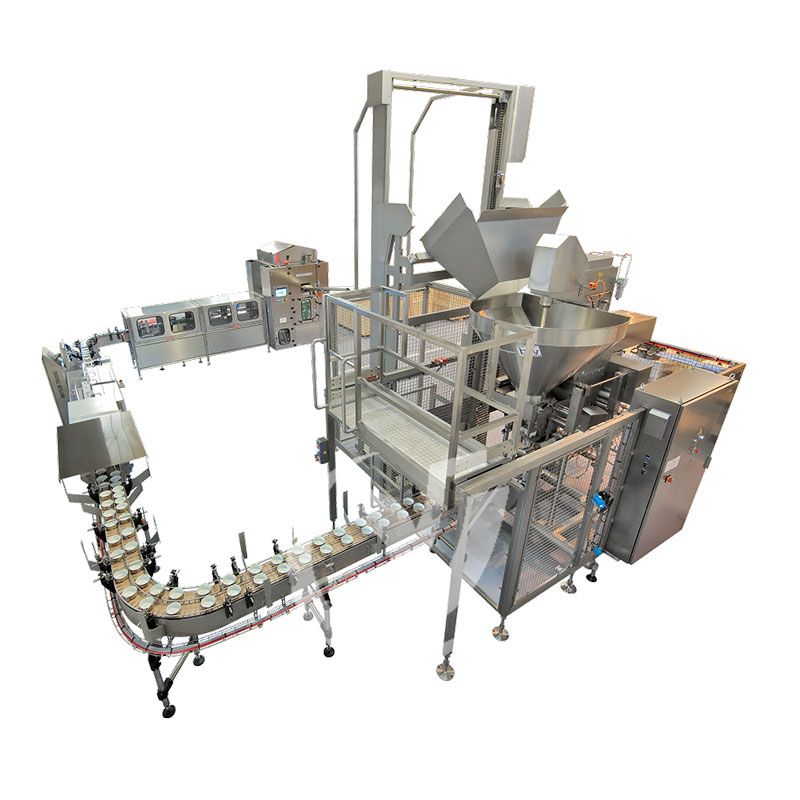


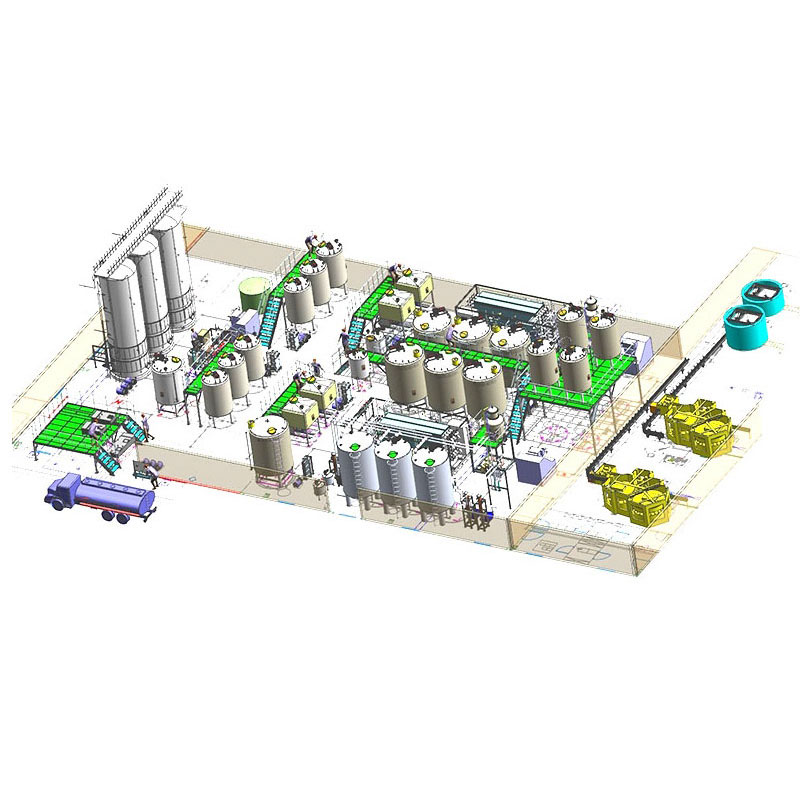


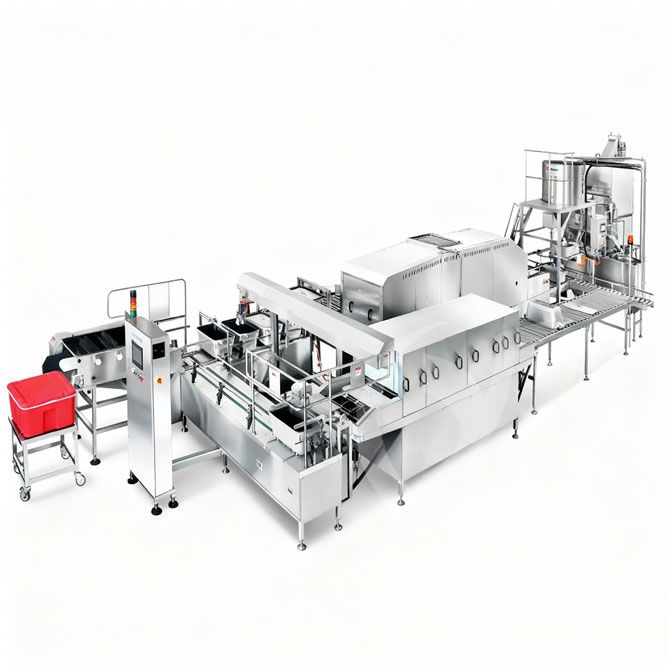
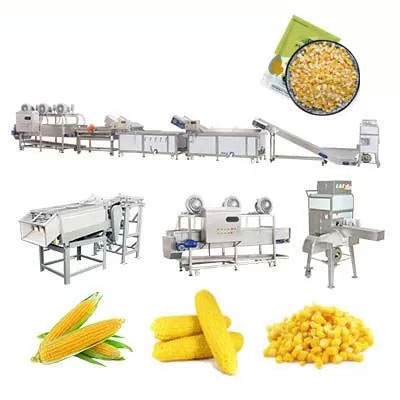 Sweet Corn Canning Production Line
Sweet Corn Canning Production Line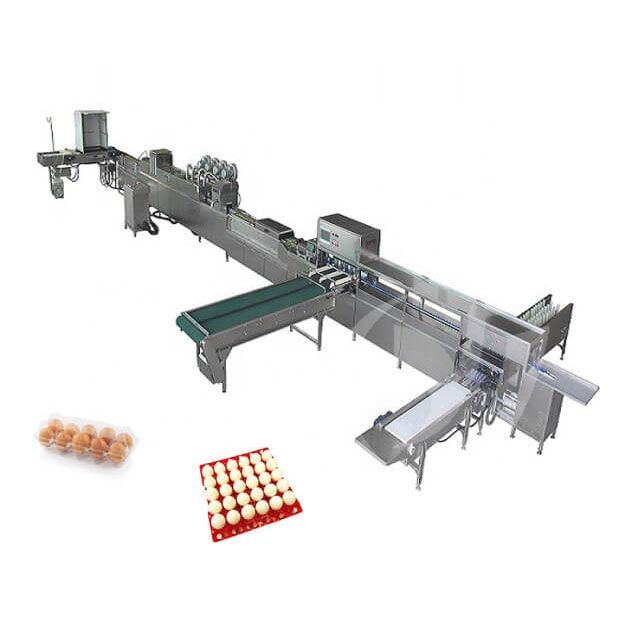 Egg Canning Production Line
Egg Canning Production Line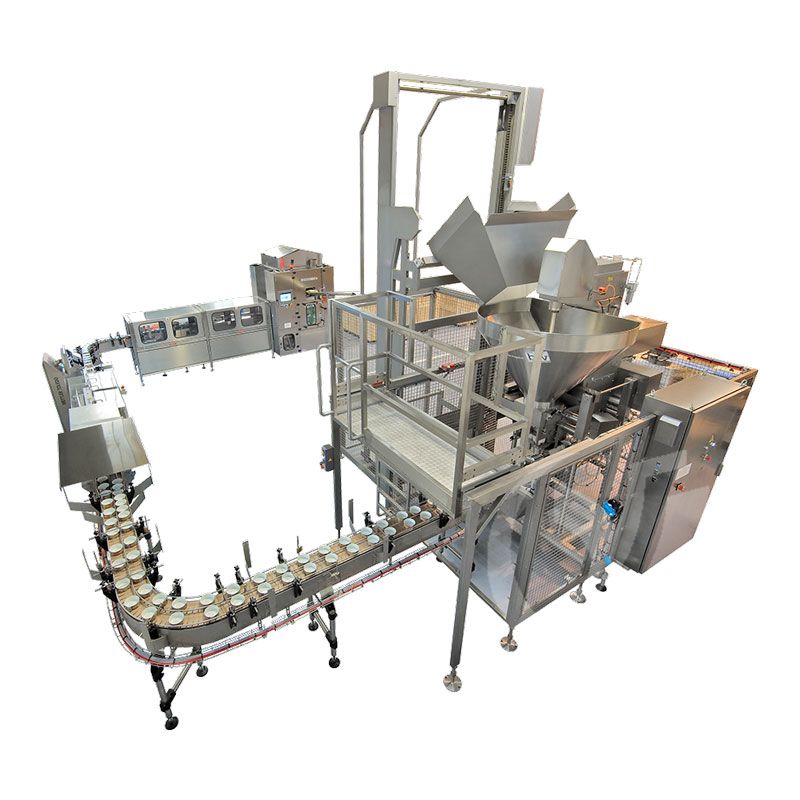 Meat Canned Food Production Line
Meat Canned Food Production Line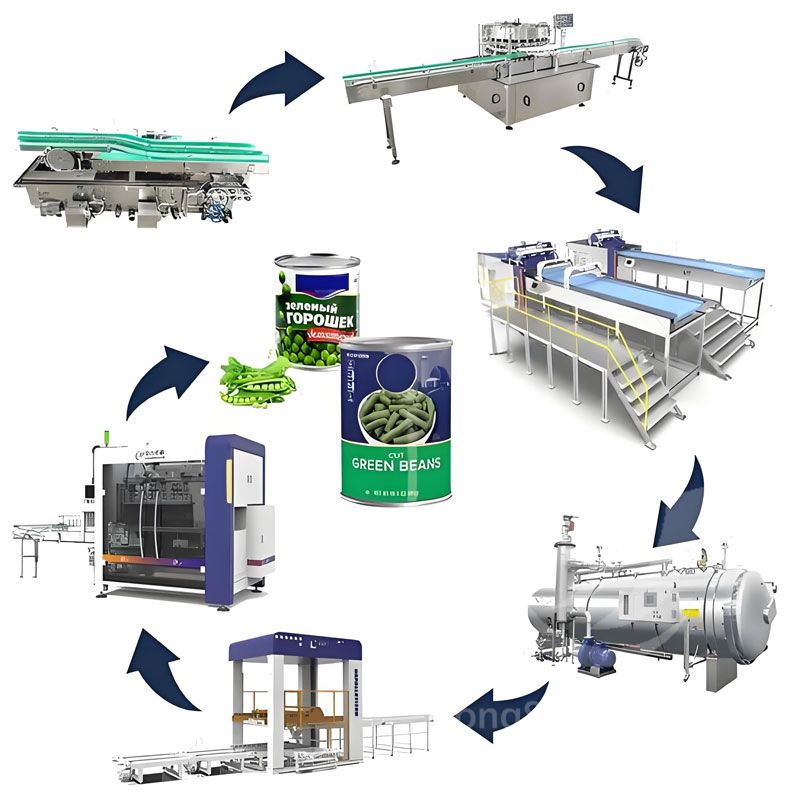 Green Bean Canned Food Production Line
Green Bean Canned Food Production Line
Ready to Get Started?